Let’s take a look at everything you need to know about the different types of buoyancy aid we make and help you choose the right buoyancy aid for you …
What’s buoyancy aid?
A buoyancy aid will help keep you safe out on the water, and give you the confidence to swim with extra float. A buoyancy aid (BA) is often called a personal floatation device (PFD).
Wherever you paddle, wear a buoyancy aid that fits well and is made to meet safety standards. A buoyancy aid is easy to swim and paddle in. Unlike a life jacket, which will float you on your back, the foam on a buoyancy aid is evenly distributed so you can swim on your front and climb back on your kayak more easily.
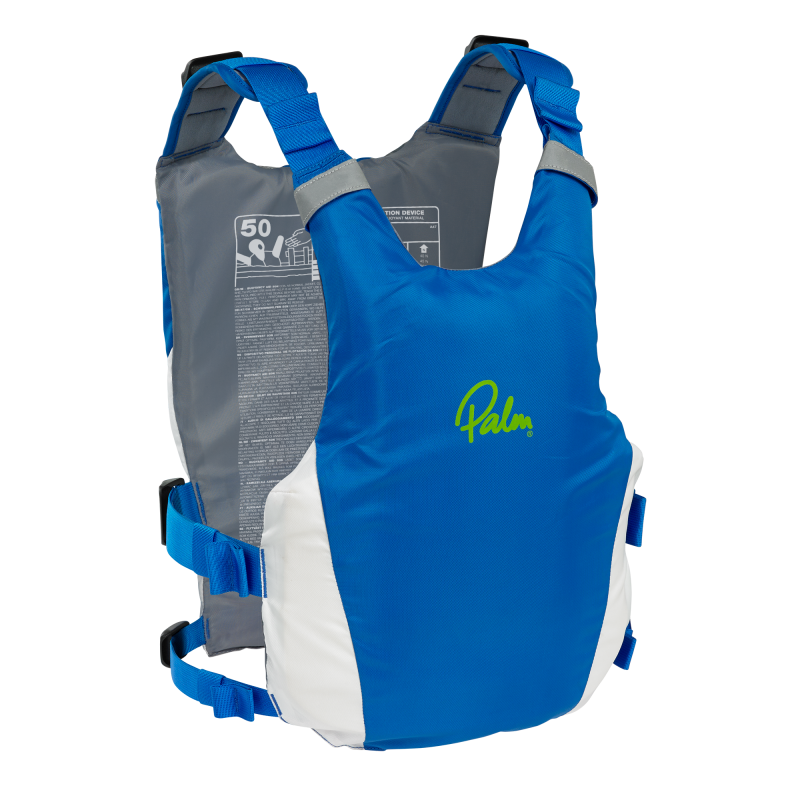
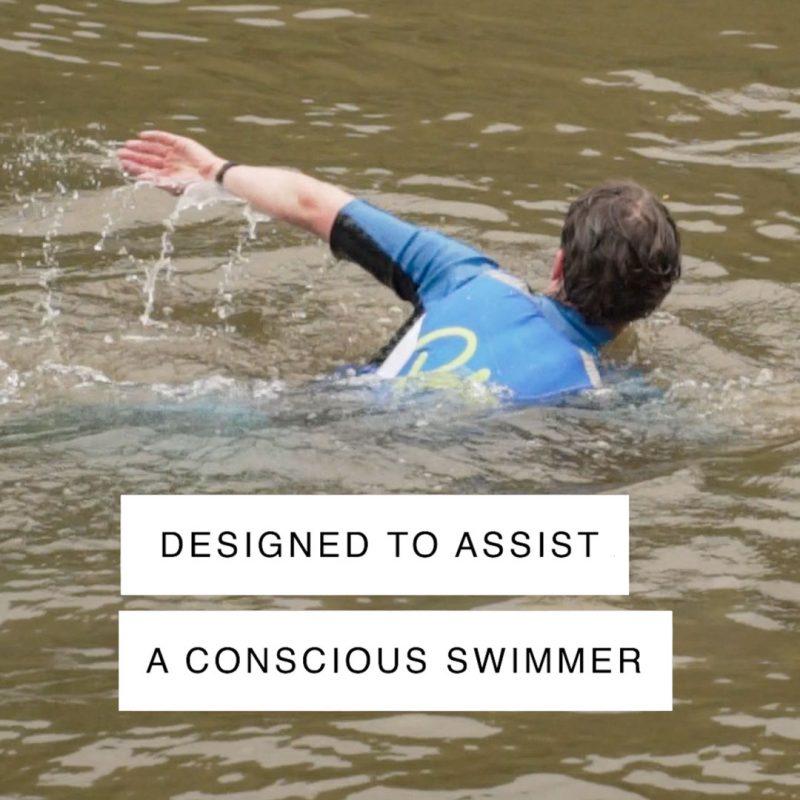
Your buoyancy aid should fasten comfortably and securely around you. Zip and buckle fastening jackets are usually a bit easier to put on than simple pull-over vests.
Types of buoyancy aid
Rec paddling is for everyone, like stand up paddle boarding, sit-on-top or inflatable kayaking on lakes, canals or at the beach. Rec buoyancy aids are as simple as they get.
Touring will take you off on longer trips across mountain lakes, lazy rivers or out on the ocean. Touring buoyancy aids often have more features and pockets to carry all the equipment you need to help with your journey.
Whitewater paddling takes you down mountain torrents in rough and foaming water. Whitewater buoyancy aids tend to have extra float with pockets for safety gear and rescue features like a harness or extra strong buckles.
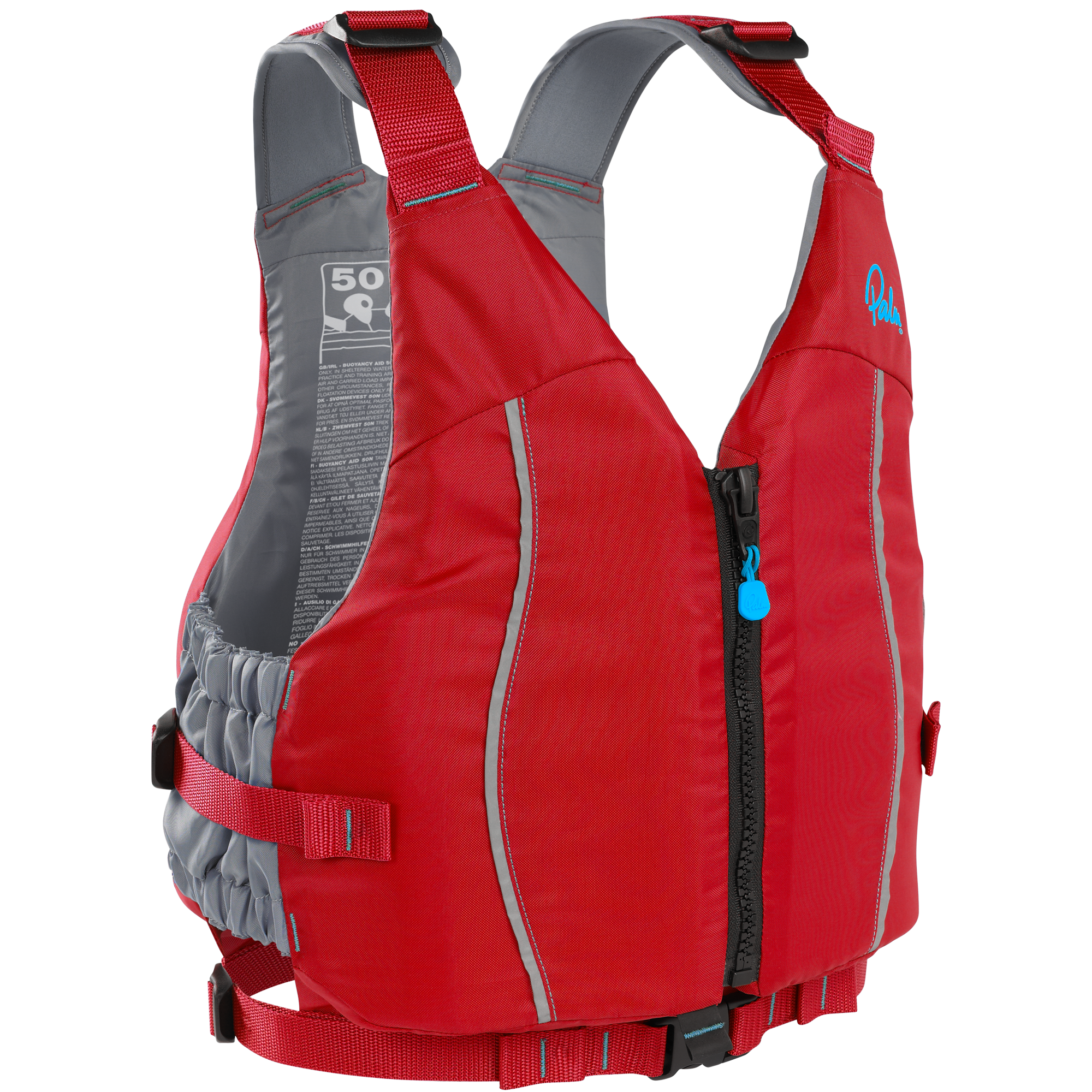
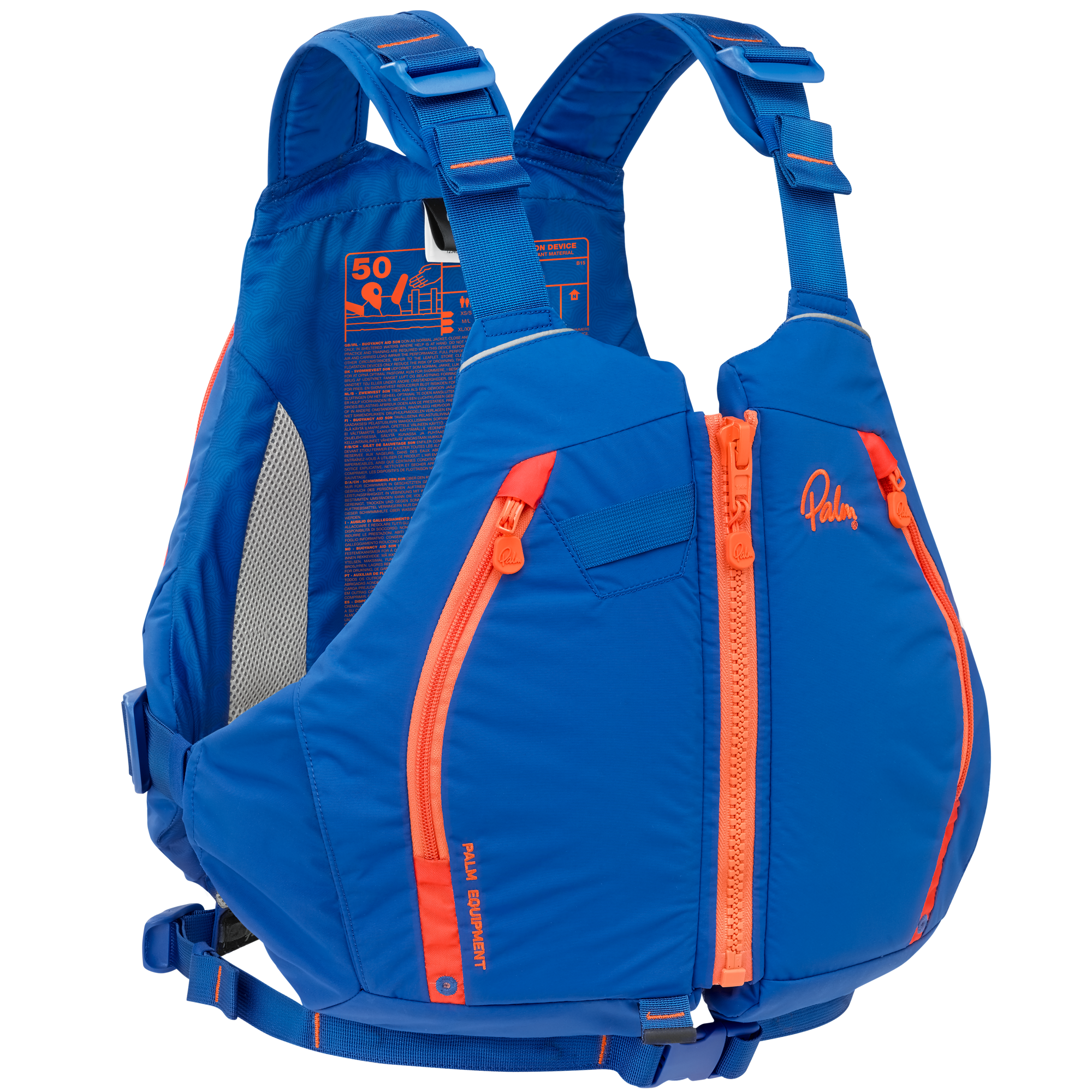

A good fit, the most important thing
Whatever type of paddling you do, the most important thing is that your buoyancy aid is comfortable and fits you well. You can try on a range of sizes at your local shop to see which suits you best. For the best fit:
- Undo all the straps and loosen all the buckles. Loosening all the straps first means that you can tighten them all evenly next …
- Put on your buoyancy aid and fasten the zip or buckles.
- Do up the zips and straps starting from the bottom, working your way up, finishing with the shoulder straps last. Once you’ve done this, make sure your buoyancy aid hugs you under your ribs and can’t be pulled up over your head.

For kayakers, with your buoyancy aid on, you might want to sit down to test out the fit, as this is the position you’ll be spending your time in when on the water.
If you can’t get to a shop to try out different sizes and models, then choose your buoyancy aid based on your size, rather than weight. Palm buoyancy aids have higher floatation than ISO standards, so a good fit is most important.
Buoyancy aids for the whole family
We offer simple and easily adjustable buoyancy aids to fit the whole family, from small kids to big adults. Check out the Universal and Universal kids’, Quest and Quest kids’, Roam and Dragon PFDs. Our smallest size starts at kids extra small with the Universal and Quest, designed for kids from six years old.
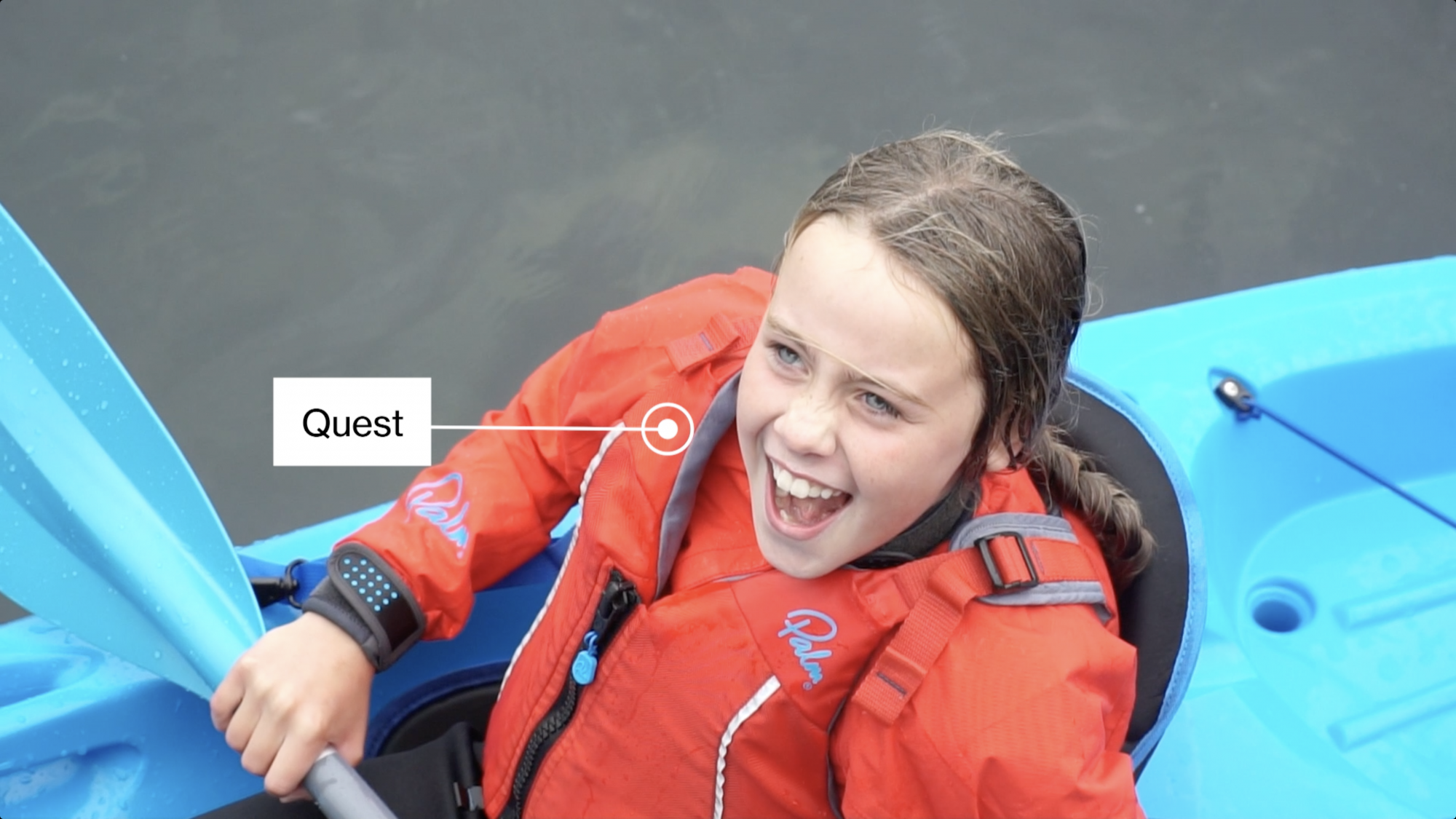
Buoyancy aids for women
A lot of women find that our unisex range fits them well, but we also have models sized for women like the Peyto and Meander touring buoyancy aids and the Extrem for whitewater. These are scaled appropriately so women have more options for a better fit.
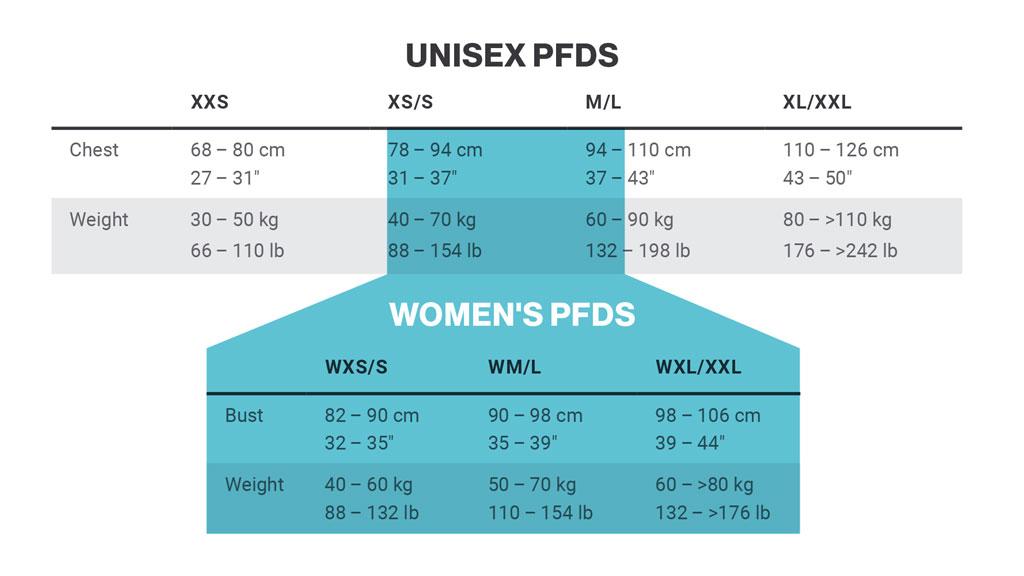
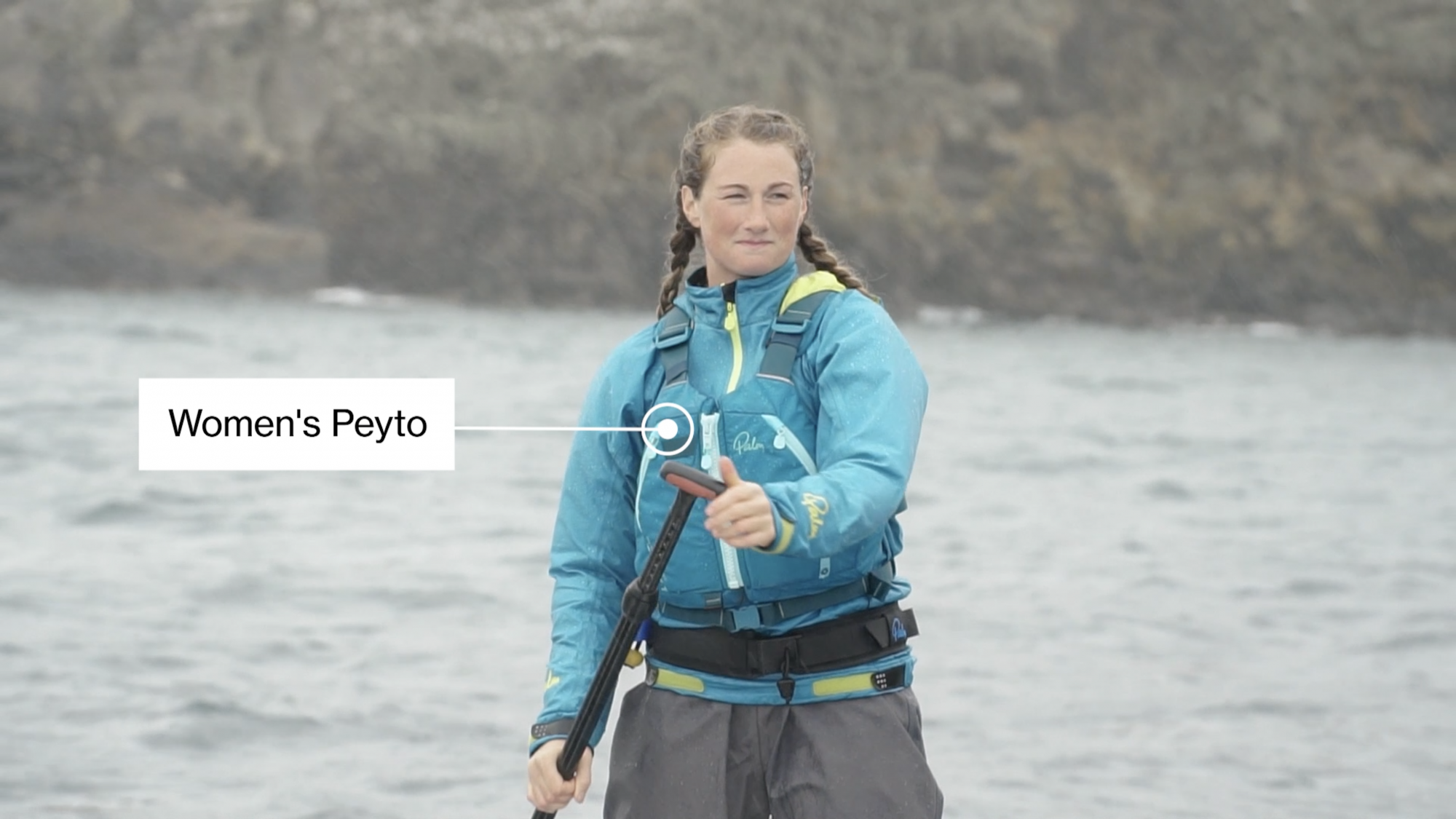
Buoyancy aids for paddleboarding
Low profile buoyancy aids allow you to easily climb back on your SUP if you fall in. The Dragon is sleek and simple, and the Meander and Peyto have pockets for essentials you might want to carry on the water.
For a bit of extra freedom of movement, the Glide is a waist belt that sits comfortably out of the way, which can be instantly inflated when you need it at the pull of a cord.
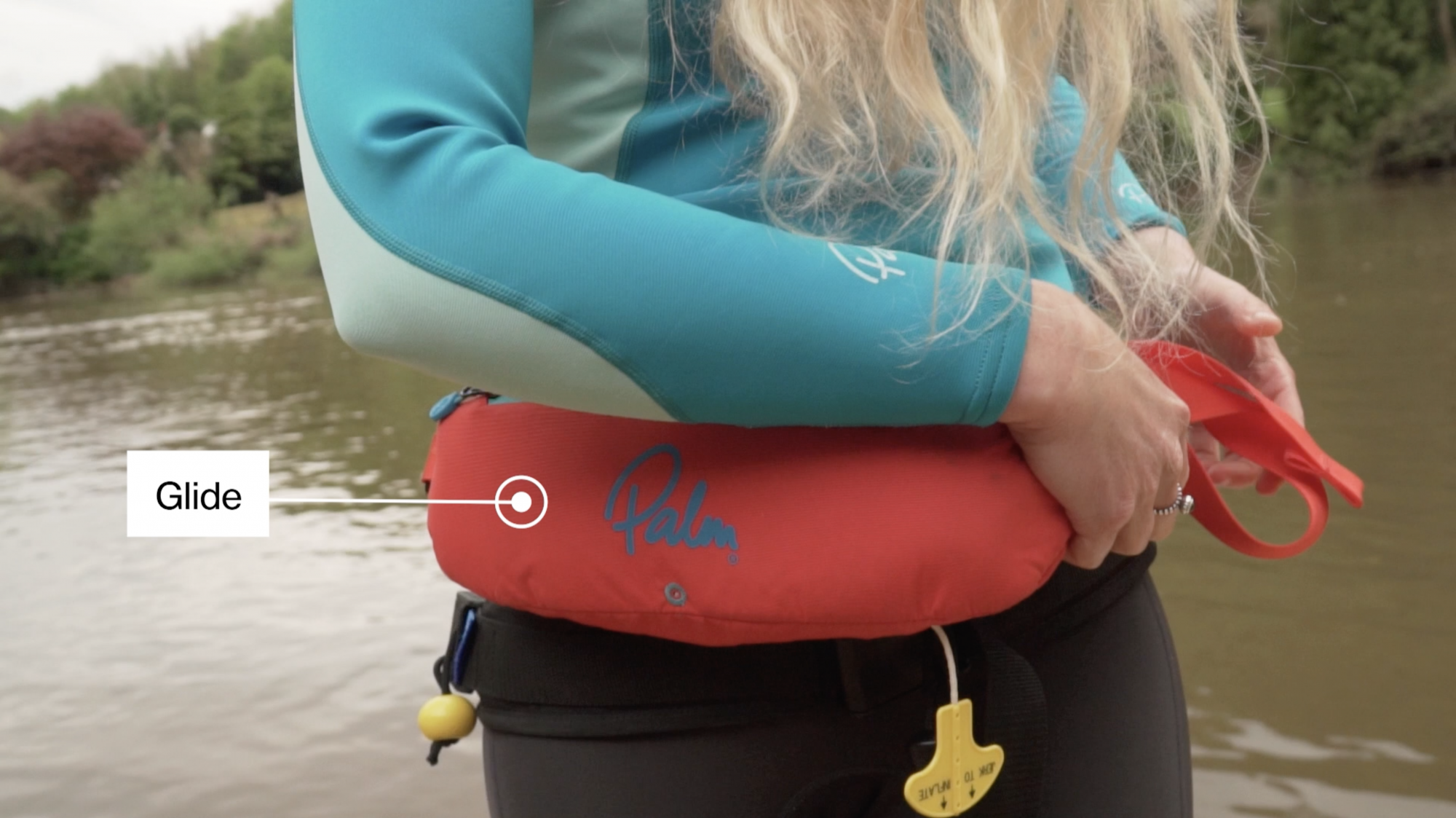
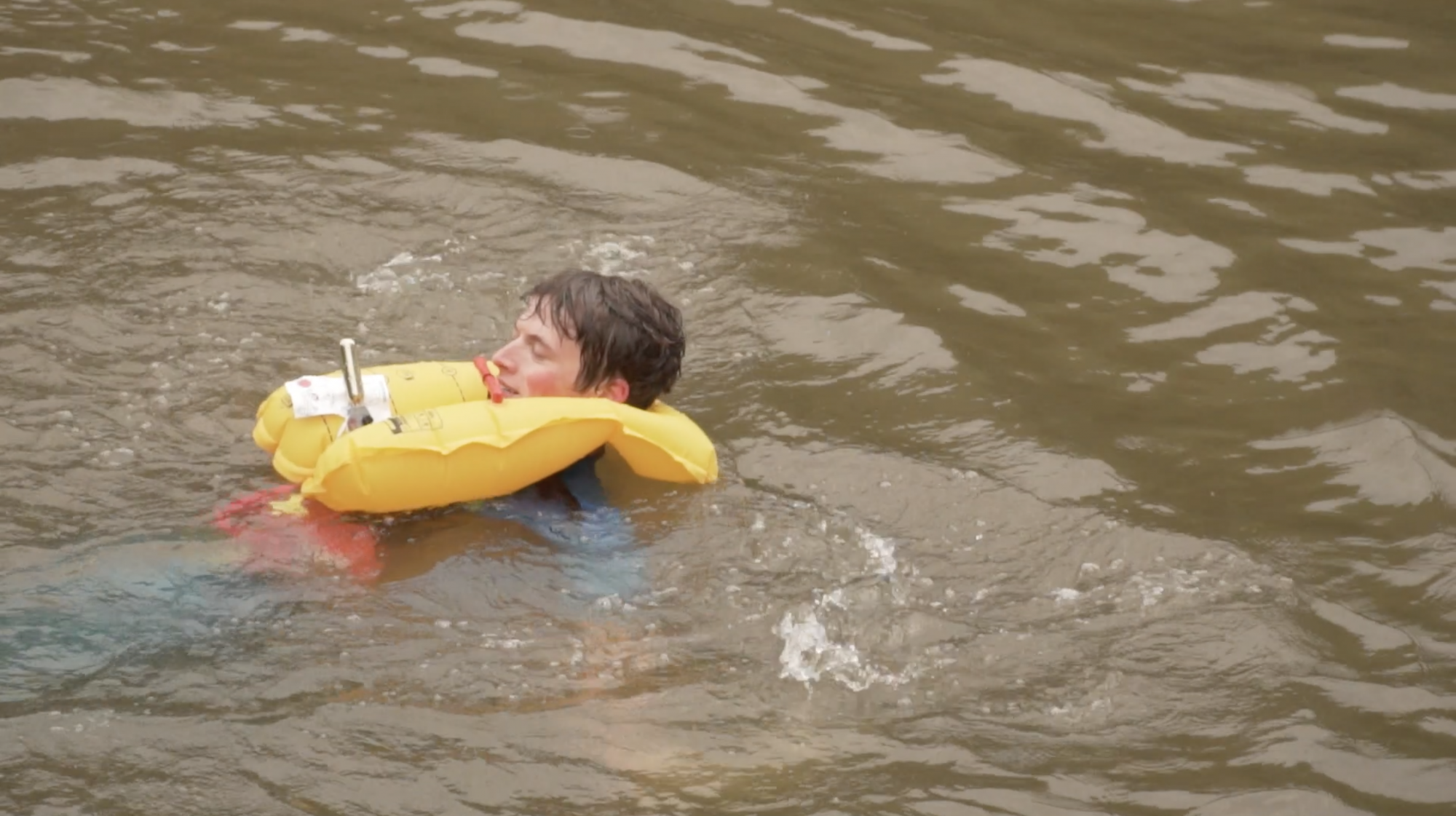
Buoyancy aids for sit-on-tops and inflatables
Sit-on-top kayaks and inflatables often have comfortable taller padded seats. To take full advantage of the support from your seat, our Meander Highback PFD fits perfectly out of the way. The mesh on the back also works great for ventilation, so it’s also popular with paddlers who are on the water in warm climates.
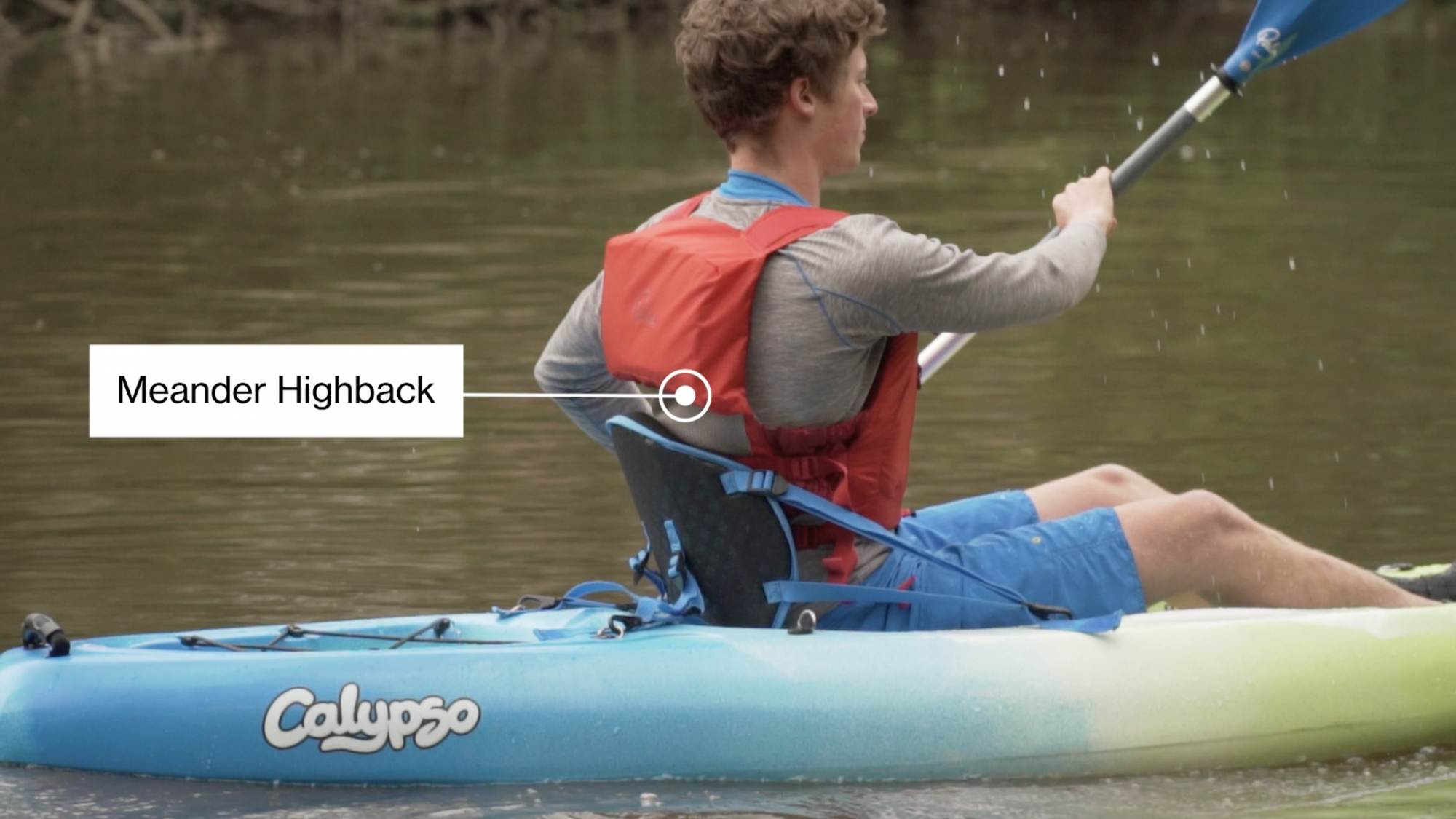
Time to go paddling!
Did we miss something? Let us know your questions in the comments over on YouTube.